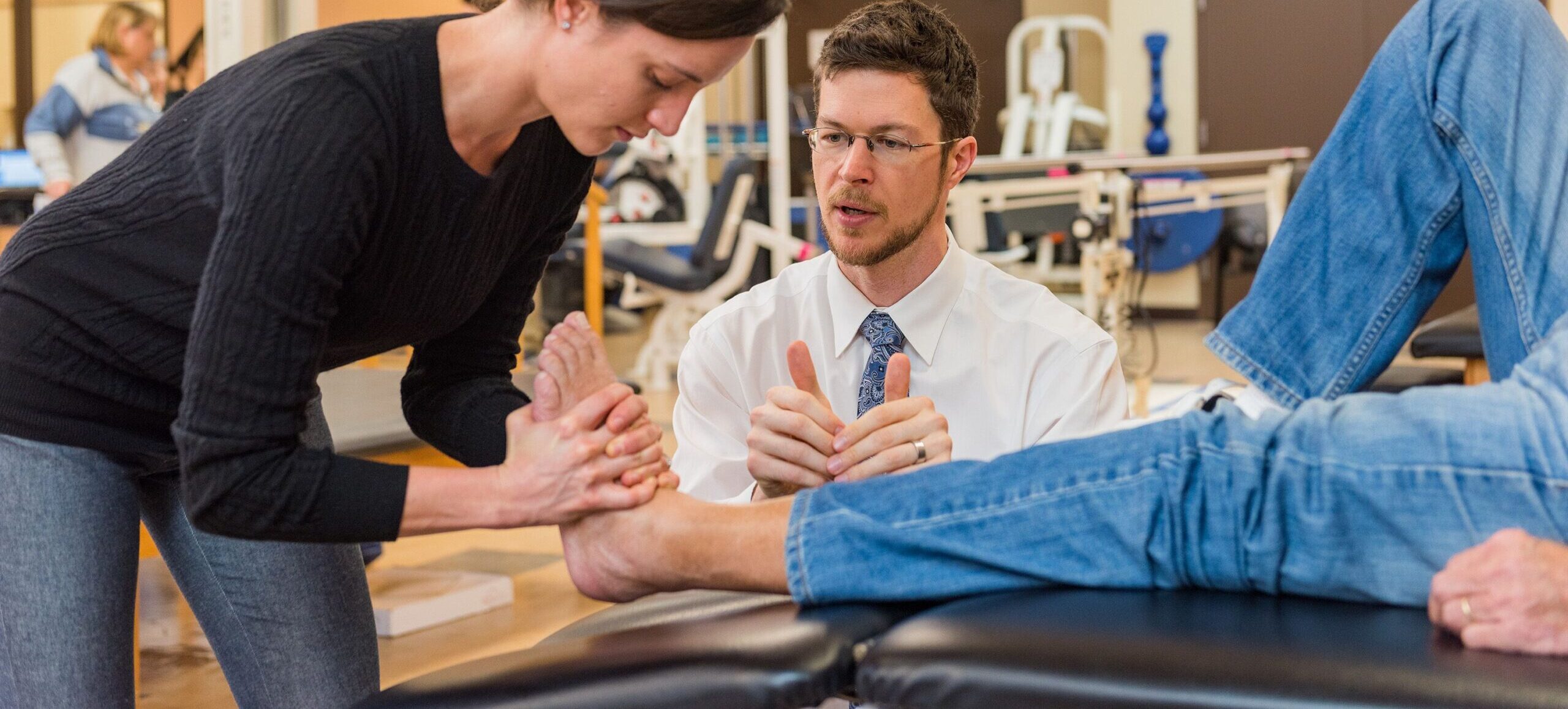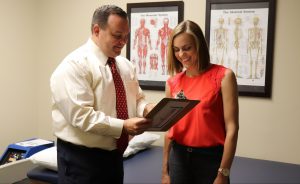World Osteoporosis Day: October 20, 2021

Back to physical health resource hub
October 20th is World Osteoporosis Day, a day dedicated to recognizing the prevalence and detrimental effects of osteoporosis, as well the interventions available to help prevent and treat osteoporosis.
What is Osteoporosis?
Osteoporosis is a condition in which the density of the bones begins to weaken, making them more fragile and brittle. Globally, 1 in 3 women and 1 in 5 men over the age of 50 will develop osteoporosis in their lifetime. Osteoporosis can put an individual at a much higher risk of having a broken bone, particularly following a fall. When symptoms get severe, even small things, like a sneeze, can result in a fracture.
What are the risk factors of Osteoporosis?
There are several risks factors that can lead to osteoporosis. Some risks factors cannot be changed, like if you have a family history of osteoporosis or if you are female. There are also medical conditions that may coincide with osteoporosis, like rheumatoid arthritis, prostate or breast cancer, diabetes, kidney disease, thyroid disease or lung disease.
Luckily there are modifiable risk factors as well. Making sure you are eating a well rounded, balanced diet with supplements recommended by your physician can help make sure your bones get the needed minerals to remain strong. Making sure not to overindulge in alcohol and cigarettes can also help improve bone health and reduce the risk of a fracture. And most importantly, staying physically active, including weight bearing or strength training exercises, can help reduce the impact of osteoporosis.
What are treatment options for Osteoporosis?
Once a physician has diagnosed someone with osteoporosis, there are several treatment options available, and usually a multi-modal approach will be used to maximize the results. The physician may recommend certain medications and dietary supplements to help improve your body’s ability to add to the bone’s density.
Beginning a physical therapy treatment plan is also helpful to help with osteoporosis in many ways. Balance training will help a patient improve their ability to walk and safely move around their environment with a lower risk of falls, reducing the risk of a fall related fracture. Additionally, weight bearing exercises (like squats or table push ups) can help stimulate the body to reinforce the bones to make them stronger.
Learn More About World Osteoporosis Day
For more information on World Osteoporosis Day, you can visit the International Osteoporosis Foundation’s website at https://www.worldosteoporosisday.org/.
And if you or a loved one has osteoporosis and want to know more about physical therapy treatment for this condition, reach out to your local Brooks Rehabilitation to set up an evaluation with a physical therapist to create a customized treatment plan to address your needs.


